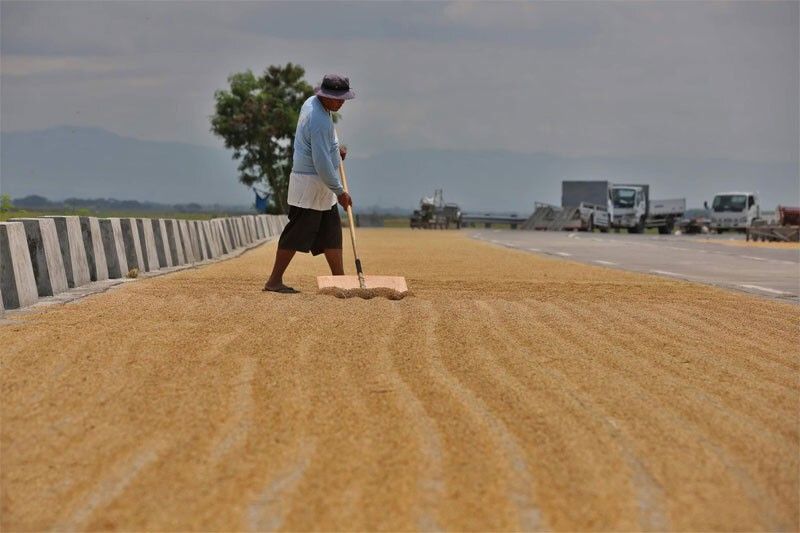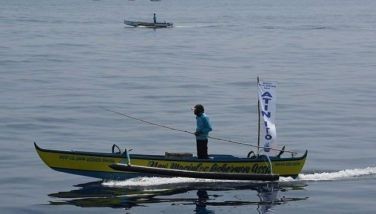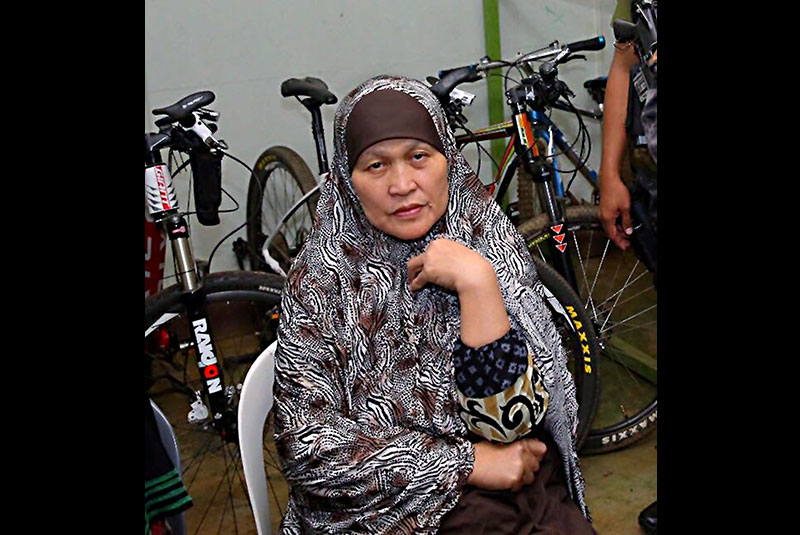Rice farmers want NFA regulatory powers back

MANILA, Philippines — Farmer leaders in San Miguel, Bulacan are clamoring for the return of the regulatory functions of the National Food Authority (NFA) to prevent possible rice price hikes in the coming weeks.
Simeon Sioson, chairman of the 4SM Multi-Purpose Cooperative and former chairman of the Federation of Central Luzon Farmers’ Cooperatives, said the NFA should also be given the power to import rice that can be sold to the public at P27 and P32 a kilo, like it used to do before the implementation of the Rice Tariffication Law that clipped the agency’s regulatory functions.
Sioson urged lawmakers to restore the agency’s function to import cheap rice that should be made immediately to have a better buffer stock during the lean months of June, July, August and September so consumers can avail themselves of cheap NFA rice.
Raul Montemayor, national manager of the Federation of Free Farmers, told The STAR that the rice harvest season is already over and that a majority of farmers have no more palay grains to sell.
“They sold at a high price last harvest season so they recovered some of their expenses,” Montemayor said in Filipino, adding that this is the reason why local rice prices have risen.
Prices rising
Prices of local commercial rice are starting to rise as palay rice harvest season is almost over.
Wholesale rice traders in Intercity Industrial Estate and Golden City Business Park in Bocaue, Bulacan, two of the major rice trading centers in Luzon, confided to The STAR that average palay prices nowadays are pegged at an average of P26 to P27 per kilo.
They explained that processing palay to rice at an average recovery rate of 60 percent at P26 per kilo translates to a wholesale production cost of P1,993.33 per 50-kilo sack or P39.87 per kilo. At P27, this translates to a wholesale production cost of P2,070 per 50-kilo sack or P41.40.
With an average wholesale profit margin of P1 per kilo for the sub-retailer and P2 for retailers, average consumer price reaches P43.87 to P45.40 per kilo.
On the other hand, Samahang Industriya ng Agrikultura president Rosendo So explained that 10 days ago, palay prices at the farmgate were pegged at P23 per kilo, reaching P39.36 when it reaches the rice miller, before climbing to P42.36 to P43.36 per kilo at the retailer level.
No effect yet
An official of the Philippine Atmospheric, Geophysical and Astronomical Services Administration (PAGASA) on Monday said the lower rainfall phenomenon of El Niño is not yet in effect, and that rice farmers would have enough rainfall for the July to September planting season.
“There will be near to normal rain from July to September 2023,” PAGASA assistant weather services chief Analyn Solis said at a Tugon Kabuhayan media forum.
She added that the chances of feeling the effects of El Niño are getting higher, but the lower rainfall pattern in the coming months has not been established yet.
Meanwhile, former BFAR chief lawyer Asis Perez urged rice farmers to keep planting palay in the months of July, August and September as he stressed that El Niño’s dry weather phenomenon will still occur in October.
He said rice farmers must have clear information about the start of El Niño in October and they still have three months to plant.
However, miscommunication is discouraging farmers to plant due to fears of the impact of El Niño on the crops.
“Most people think that El Niño is here, therefore, let’s not plant rice. In contrast to what science and history are saying, El Niño will bring more rain before it starts. But the forecast is by October, there will be less rainfall, but not entirely no rain,” Tugon Kabuhayan co-convenor Norbert Chingcuanco said.
Some rice farmers have already stopped planting rice due to concerns that the weather phenomenon would start in July. “Farmers relying on rain decided not to plant rice. Because of El Niño, there are a number of areas here in Quezon that did not plant this season,” Federation of Farmers in Tiaong, Quezon president Danilo Guevarra said.
For his part, Pambansang Samahan ng Kilusan ng mga Magsasaka legal and policy advocacy officer Rene Cerilla said clear and proper information will empower farmers in proper planning. — Danessa Rivera, Michelle Zoleta
- Latest
- Trending

































